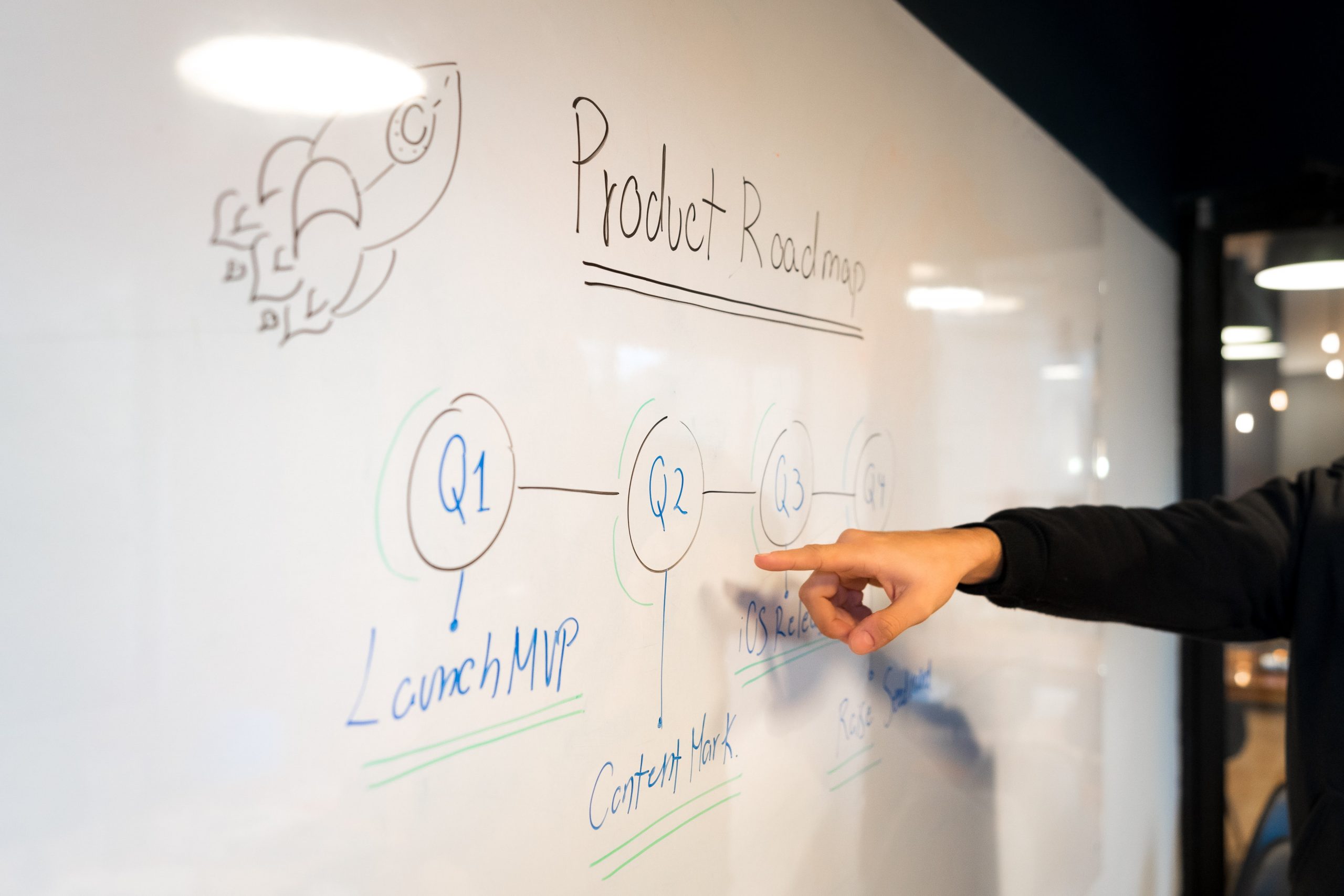The industrialization of a product or a plastic component with high added value is a complex process that requires a global approach from design to full functionality. At IDELT we develop these processes in a comprehensive manner in sectors ranging from medical to electronics, with a 360º strategy in which customer support is an essential condition to guarantee the desired result.
When a client contacts IDELT, a whole process is activated that requires, first of all, the presentation of the idea or need and the definition of the project’s objective. It continues with the development phase (validations in a prototype phase if the project requires it) and concludes with the industrialization of the component or product. This process can be summarized in ten steps :
How to industrialize a product step by step
1. Idea conception
1. We start with an idea, a specific function or even a dream; we want the customer to tell us what their specific needs are in order to draw a proposal. This is the moment to give a touch on the form that the solution must have, its dimensions, its design and even its touch; if it must integrate electronic components, and what qualities and specific function it must fulfill. Our work has just begun.
2. Sketching
2. We go to our customer’s site; we check in situ which solutions they start from and which are the improvement elements they need so that the new product allows them to increase efficiency, productivity or to give more value to their processes. We provide ideas and propose a line of work to start the development of the component. We start designing the first sketches.
3. Parallel work – Design and aesthetic development
It starts a collaboration process that has two parallel but interconnected lines of work, especially in the case of functional parts: on the one hand, the customer prepares the technical solution that includes the electronic or strictly functional components and, on the other hand, IDELT carries out the design and aesthetic development of the part, that is, the device’s casing.
4. Exchange of ideas and files
The work of accompaniment and collaboration with the client translates into an exchange of files and complementary ideas that contribute to shape the final product.
5. Prototyping phase
It is time to take stock of the situation and check that the development of the project is adequate and meets the customer’s needs. The prototyping phase begins, one of the most important of the whole process because it validates all the previous development. We check that the assembly is adequate and that the sensations that the product awakens respond to the client’s expectations, both from the point of view of functionality and design.
6. Launching of investments
The time has come to industrialize the project: manufacture the molds, make the tooling… The manufacturing phase begins, still at an early stage.
Once the molds have been made, the first tests begin and we start injecting parts for a first analysis. It is here where we will begin the study of the product with the final pieces.
7. Conclusions and possible improvements
The policy of continuous improvement that we apply in IDELT leads us to make a new balance, to draw the conclusions of the first tests and to implement possible improvements. This is an exhaustive analysis that includes the correction of any component, notch, indentation, etc., that can be improved, both by IDELT and the customer.
8.Final phase tests
These improvements are implemented in the final design before a new test is performed, and so on until the final product is validated. At this point, when the project requires it, we dedicate a few days exclusively in the plant to check everything live together with the customer. In this way, he can see for himself the whole process, make modifications and make sure that everything works correctly. A firm commitment to maximum product excellence under the expert eye of the customer. In addition, this intensive process improves product validation times (something that would take months can be resolved in weeks).
9. Validation and aesthetic properties
Once the product has been validated in its functionality, it is time to provide it with aesthetic properties. A specific treatment is given to the molds to give them the desired aesthetic properties, for example, a knurling on a handle or any other ergonomic or aesthetic component.
10. Quality manual and final design
Before starting mass production, the necessary documents are prepared to guarantee the quality of each piece, a complete manual in which all the indications that will ensure that the production is carried out with the highest quality standards are described in detail. Finally, the final design is taken to mass production, according to the customer’s needs.
Post processes such as ultrasonic, laser engraving, pad printing, silk screen printing and others can be added afterwards on injected parts to provide them with the required specifications.
These ten phases are complemented with a collaborative work and customer support that allow IDELT to provide the final product with a differential complement and a high added value.



